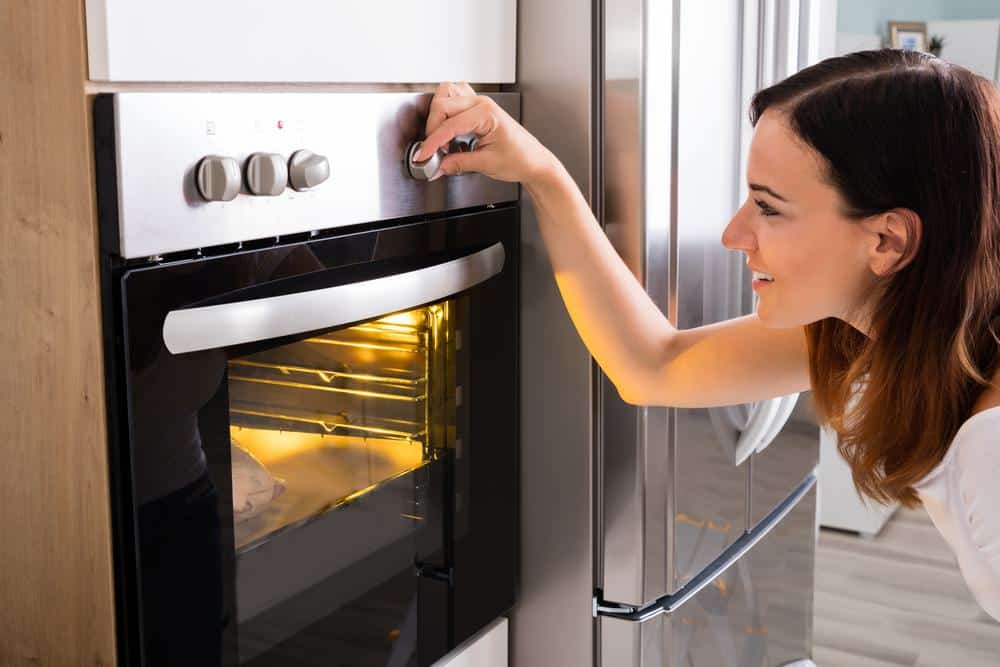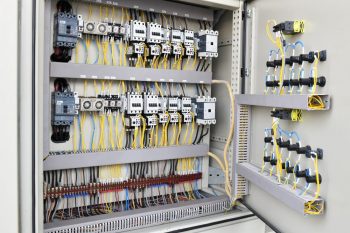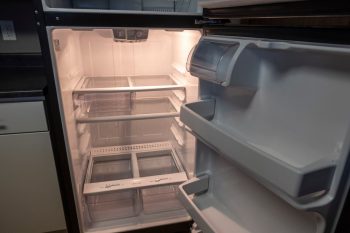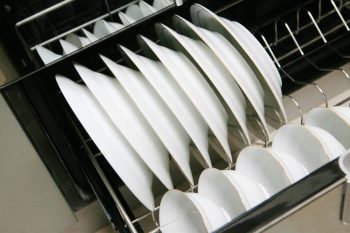
Baking the perfect cake is an art that requires precision and attention to detail. One essential aspect of this art is knowing the right temperature to preheat your oven. This seemingly simple step can significantly impact the outcome of your cake. So, what temperature should you preheat the oven for cake? Let’s delve into this topic and explore the nuances of oven temperatures and their effects on cake baking.
The ideal temperature to preheat the oven for baking a cake depends on the specific recipe, but a common temperature is 350°F (180°C). Always preheat your oven for 20 to 30 minutes before baking to ensure proper cooking. If you’re using a convection oven, reduce the temperature by 25°F (14°C) compared to the conventional oven temperature.
The Ideal Preheating Temperature
The ideal temperature to preheat the oven for baking a cake depends on the specific recipe, but a common temperature is 350°F (180°C). It is essential to preheat the oven to the directed temperature for 20 to 30 minutes before baking your cake to ensure proper cooking and prevent an undercooked or sunken cake. Preheating the oven at the same temperature you plan to bake the cake at is crucial for the proper rising, gluten behavior, and texture of the cake.
Why Preheating is Important
Preheating is a vital step in baking a cake because it ensures that the oven reaches the correct temperature before you put the cake in. This is crucial for several reasons:
- Proper rising: Baked goods need an initial blast of heat for proper rising and gluten behavior. If the oven is not hot enough, the gluten will not form correctly, resulting in a tough cake.
- Even cooking: Preheating ensures that the cake starts cooking as soon as it is placed in the oven, allowing for even cooking and proper activation of leavening agents like baking soda and baking powder.
- Texture and browning: Placing a cake in a cold oven can affect its rise, texture, and browning, potentially leading to a heavy, undercooked, or sunken cake.
- Consistent results: Preheating the oven helps achieve consistent results, as most recipes assume that the oven is preheated to the specified temperature before baking.
Conventional vs. Convection Ovens
The type of oven you have can also affect the preheating temperature. Conventional ovens have heating elements at the top and bottom, which can lead to uneven heat distribution and hot or cold spots. In contrast, convection ovens have heating elements and a fan that circulates hot air throughout the oven cavity, resulting in more even heat distribution and faster preheating times.
When preheating a convection oven, it is recommended to reduce the temperature by 25°F (14°C) compared to the conventional oven temperature, as convection ovens cook food more evenly and efficiently.
Effects of Oven Temperature on Cake Texture and Taste
Oven temperature can significantly affect the texture and taste of a cake. The baking temperature influences the cake’s volume expansion, moisture content, crust color, and crumb texture. A cake baked at a lower temperature (e.g., 300°F) will be lighter, fluffier, and have a pale, even outer crust, while a cake baked at a higher temperature (e.g., 400°F) will have a darker, ledged outer crust and a drier surface. The crumb consistency also varies with temperature: a cake baked at 300°F will have a very soft, smooth crumb, while a cake baked at 400°F will have a slightly rougher-textured mouthfeel.
Conclusion
In conclusion, preheating the oven to the correct temperature is a critical step in baking a cake. It helps ensure proper rising, even cooking, and the desired texture and taste. While the ideal preheating temperature may vary depending on the specific recipe and type of oven, a common temperature for baking cakes is 350°F (180°C). Remember to always preheat your oven for 20 to 30 minutes before baking and adjust the temperature as needed based on your specific oven and recipe instructions. Happy baking!
Frequently Asked Questions
What if my oven doesn’t have a preheating feature?
If your oven doesn’t have a preheating feature, you can still preheat it manually. Simply set the oven to the desired baking temperature and wait for about 15-20 minutes. This should allow your oven to reach the desired temperature, but for best results, consider using an oven thermometer to verify the temperature.
How can I tell if my oven is preheated to the right temperature?
The most accurate way to tell if your oven has reached the right temperature is by using an oven thermometer. Many ovens beep or indicate when they’ve preheated, but these signals can be inaccurate. An oven thermometer will give you a precise reading.
My recipe says to bake the cake at 325°F, but you mentioned 350°F as a common temperature. Which one should I follow?
Always follow the temperature stated in your specific recipe. The 350°F mentioned in the blog post is a common temperature for many cake recipes, but each recipe may require a different baking temperature depending on the ingredients and the desired outcome.
What if my cake is not done but the top is already browning too much?
If the cake is not done but the top is browning too quickly, you can loosely cover the cake with a piece of aluminum foil to prevent further browning while the cake continues to bake.
How does altitude affect baking temperatures?
Higher altitudes can cause baked goods to rise and cook faster due to lower air pressure. If you live at a high altitude (over 3,000 feet), you may need to adjust the baking temperature and time. Generally, it’s recommended to increase the oven temperature by 15-25°F and decrease the baking time by 20-30%.












